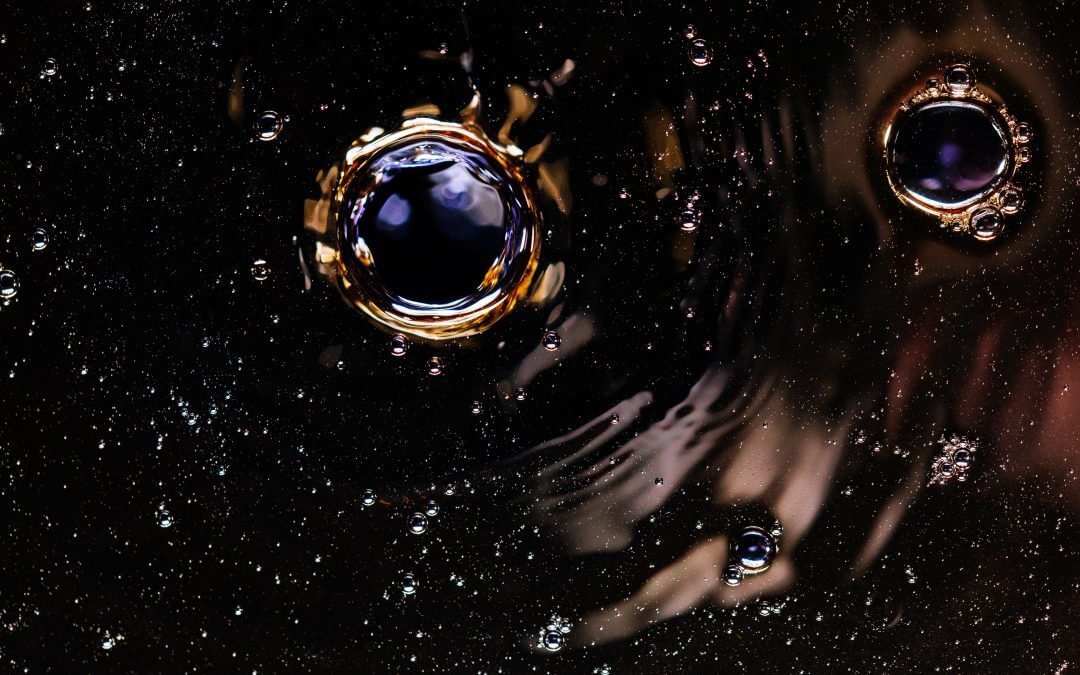Biofilm can build up in water systems, and when it does, it can enable bacteria to grow and thrive.
It is important, therefore, to remove and prevent biofilm. Biofilm removal applies to a wide range of water systems, including domestic and commercial systems, and agricultural and horticultural water applications.
What is Biofilm?
Biofilm is a thin film that is slimy to the touch. It is a deposit of single-celled bacteria, fungi and algae.
These thin films will stick to surfaces, forming a matrix of cellular materials.
Biofilms will vary in thickness, depending on the environmental conditions they grow in. These layers house large amounts of bacteria, and biofilms can be present even on surfaces that look clean to the naked eye.
Biofilms form when bacteria and other organisms that are free-floating come into contact with surfaces.
This contact initiates a process, whereby the bacteria attach themselves, grow, reach maturity, then detach themselves from the surface.
But this detachment then leads to the further spread of biofilms, because the detached cells go on to form colonies of their own. These colonies can attract other micro-organisms, along with insect larvae, and viruses, and therefore lead to widespread contamination.
Biofilms are biological systems in their own right, enabling the bacteria they contain to become organised as a kind of functional community. This community co-ordinates its behaviour, acting and reacting.
This can make biofilm removal and prevention challenging.
Where Do You Commonly Find Biofilm?
Biofilm deposits are widespread and commonplace. For example, around 90% of the bacteria on farms is in biofilm layers.
Where there is slimy material in drains, this is biofilm. It forms on metal surfaces such as pipework, or farm equipment and machinery.
It will also grow on both plant and animal tissue.
You will also find biofilm on the surfaces of human teeth. This is what make up dental plaque.
Basically, where surfaces are wet, either continuously or periodically, they can attract biofilm.
How Dangerous is Biofilm?
Biofilms can contain many bacteria and organisms that do not present a direct threat to health. But biofilms can also help more harmful organisms to grow and thrive. These include E coli, cryptosporidium and fungi.
When they exist within a biofilm, bacteria are more resistant to antibiotics, disinfectants and other chemical agents.
According to AC Matin, a professor of microbiology at Stanford University, bacteria in biofilms can be up to 1,500 times more resistant to antibiotics, compared to free-floating bacteria.
Biofilms present a major risk to the successful treatment of infections, especially when combined with growing antibiotic resistance among bacteria.
They are not just dangerous to human health. In agriculture, biofilms cause damage to plant life, as the basis for stubborn, recurring infections.
Where biofilms get into a water system, they can then cause the water supply that should be supporting crops to be a source of disease for them.
Water systems contaminated with biofilm can also deprive plants of oxygen, because the bacteria, algae and fungi need oxygen to survive, and therefore take it from the water system, deoxygenating it.
In dairy farming, biofilm can the source of cross-contamination, through build-up on equipment and other surfaces. When harmful bacterial cells break free of biofilm, as part of a process, they can go on to infect livestock.
Bacteria from biofilm can also infect raw milk supplies.
Biofilm can be dangerous to human health, but also harmful to a wide range of industries, including farming, horticulture, food and drink.
How Long Do Biofilm Treatments Last?
To remove and control biofilm, you must first break it down. But with their slimy coatings, biofilms are resistant to treatment, and as we have described, biofilms can easily generate new colonies of bacteria.
Certain water treatments offer effective biofilm removal, such as chlorination, but will not kill the cryptosporidium pathogen.
An alternative for biofilm removal is Oxyl-Pro. It is hydrogen peroxide-based, but it uses only food-safe ingredients to stabilise its chemical content
It will remove biofilm from water systems and pipework, and it is fully effective in the 2 to 10 pH range, and at temperatures up to 90°C.
A critical aspect of applying Oxyl-Pro as a water treatment is to do this regularly and routinely. Oxyl-Pro is highly effective in biofilm removal and prevention, but biofilm is a persistent threat, and only regular treatment will prevent it recurring
For more information about Oxyl-pro, call us on on +44 1606 851 782, email enquiries@oxylpro.com or complete our contact form.

